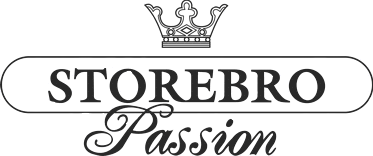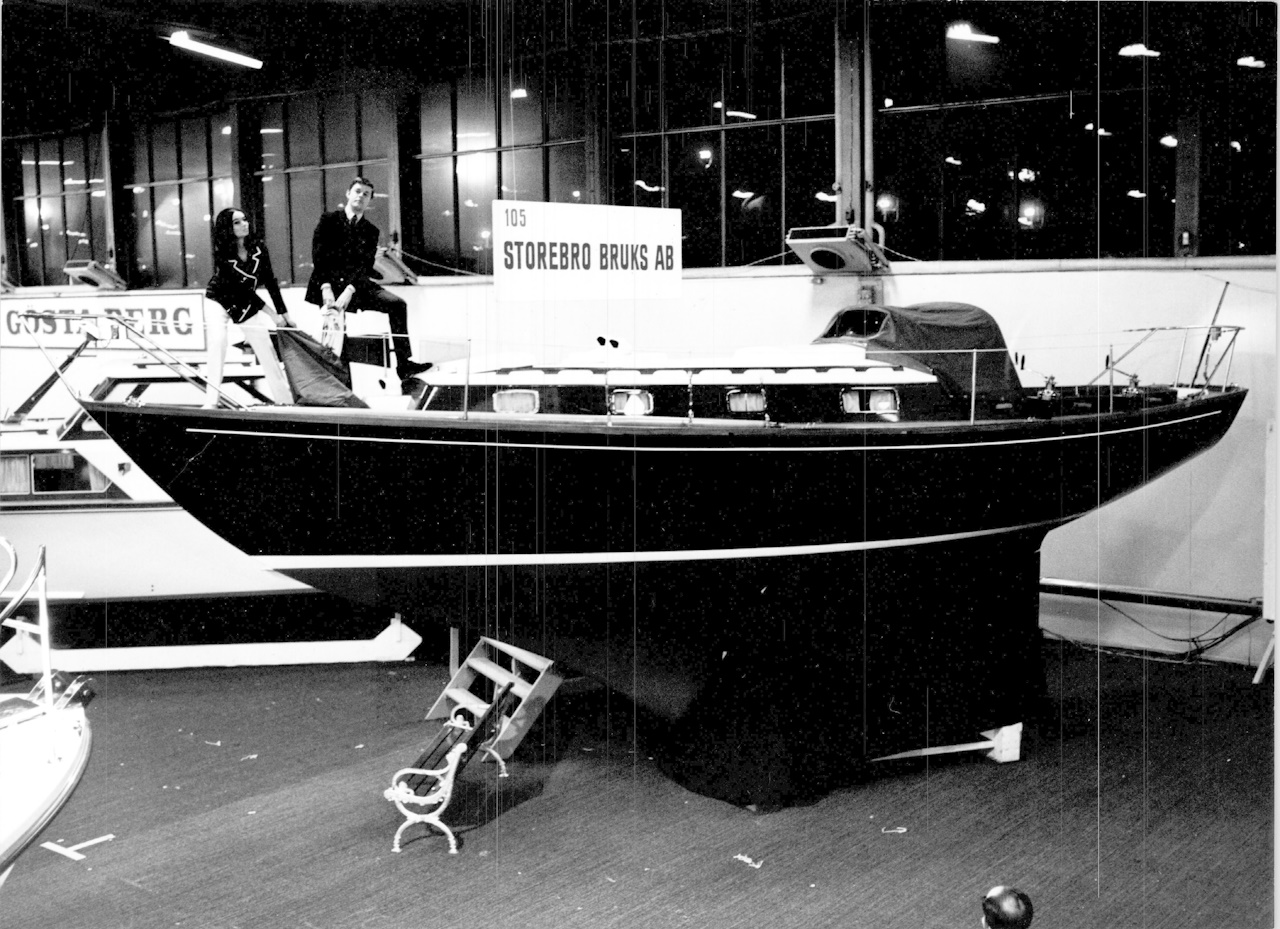

Technical Data | |
| Production period | 1964-1968 |
| L.o.a. [m] | 10.36 |
| Beam [m] | 2.95 |
| Draft [m] | 1.73 |
| Displacement [t] | 5.20 |
| Ballast weight [t] | 2.20 |
| Voltage [V] | 12 |
| Hull | Mahogany |
| Total sail area [m2] | 44.50 |
| Number of boats | ca. 70 |
| Designer | Olle Enderlein |
The Havsörnen II (Sea Eagle II) was the successful larger successor to the Sea Eagle I (Havsörnen I). Her design was also by Olle Einderlein and she was characterised by the same features such as a long keel and soft lines.
A special layout feature was the U-shaped sofa in the saloon, which was unusual at the time. In order to create more berths, most layouts of the time favoured two longitudinal sofas on the port and starboard sides with a small pentry opposite the navigation table. The Imperial's midship area with pentry and U-shaped sofa was much appreciated by the ship's owners.
A particularly well-travelled ship is construction number 286, whose fifth owners Gunilla and Frode Falkenhaug sailed once around the world from Všstervik from 1996 to 1998. The ship survived this voyage without any major damage or problems.
Details of this voyage can now also be read in the Bruksmuseum in Storebro. The owner has kindly made part of his presentation available as a PDF-file. A report worth reading about the circumnavigation of the world with a young family on a mahogany sailing boat that was 30 years old at the start of the voyage.
The Havsörnen II achieved several outstanding regatta successes that proved the quality of the design. Olle Enderlein himself achieved regatta victories with the modified Havsörnen II "Galatea". However, some of these boats were also sailed with great success by other crews (e.g. Lennart Ivarsson and friends). In Germany, Dr Karl Plump and his "Lumme III" beat the competition in their class in 1966.

|
Unlike the Solö and Storö motorboat models, the sailing boats were not marketed by AB Gösta Berg in Sweden. Storebro itself was responsible for the presentation at trade fairs. The picture shows Storebro's trade fair stand in Stockholm "Storängsbotten" with the Havsörnen II on display and the AB Gösta Berg stand directly behind it. Lennart Ivarsson had firstly endeavoured to get a place right next to Gösta Berg and secondly decided to present a ship with a black hull, which was almost revolutionary for the time when white hulls were standard.
Like the smaller Eagle (Örnen), the Sea Eagle II was marketed worldwide by AB Telfa from Gothenburg, Sweden. The naming of the ships reflects the shipyard's problem at the time with the names for international sales. The name for the Scandinavian region was "Havsörnen II", for English-speaking countries "Sea Eagle II" and in German-speaking countries "Imperial".
2025-04-16| Engines | Volvo Penta MD2 | |
| Production | 1964-1967 | |
| Fuel | Diesel | |
| Stroke | 4 | |
| No. of cylinders | 2 | |
| Bore | [mm] | 79.37 |
| Stroke | [mm] | 90 |
| Compression ratio | 17.5:1 | |
| Displacement | [l] | 0.89 |
| Torque | [Nm] | |
| Engine output | [kw/(HP)] | 11/(15) |
| Rotations | [1/min] | 2300 |
| Weight | [kg] |
| Engines | Engine output [kw/(HP)] |
| Volvo Penta MD2 | 11/(15) |
|
|||||||||||||||